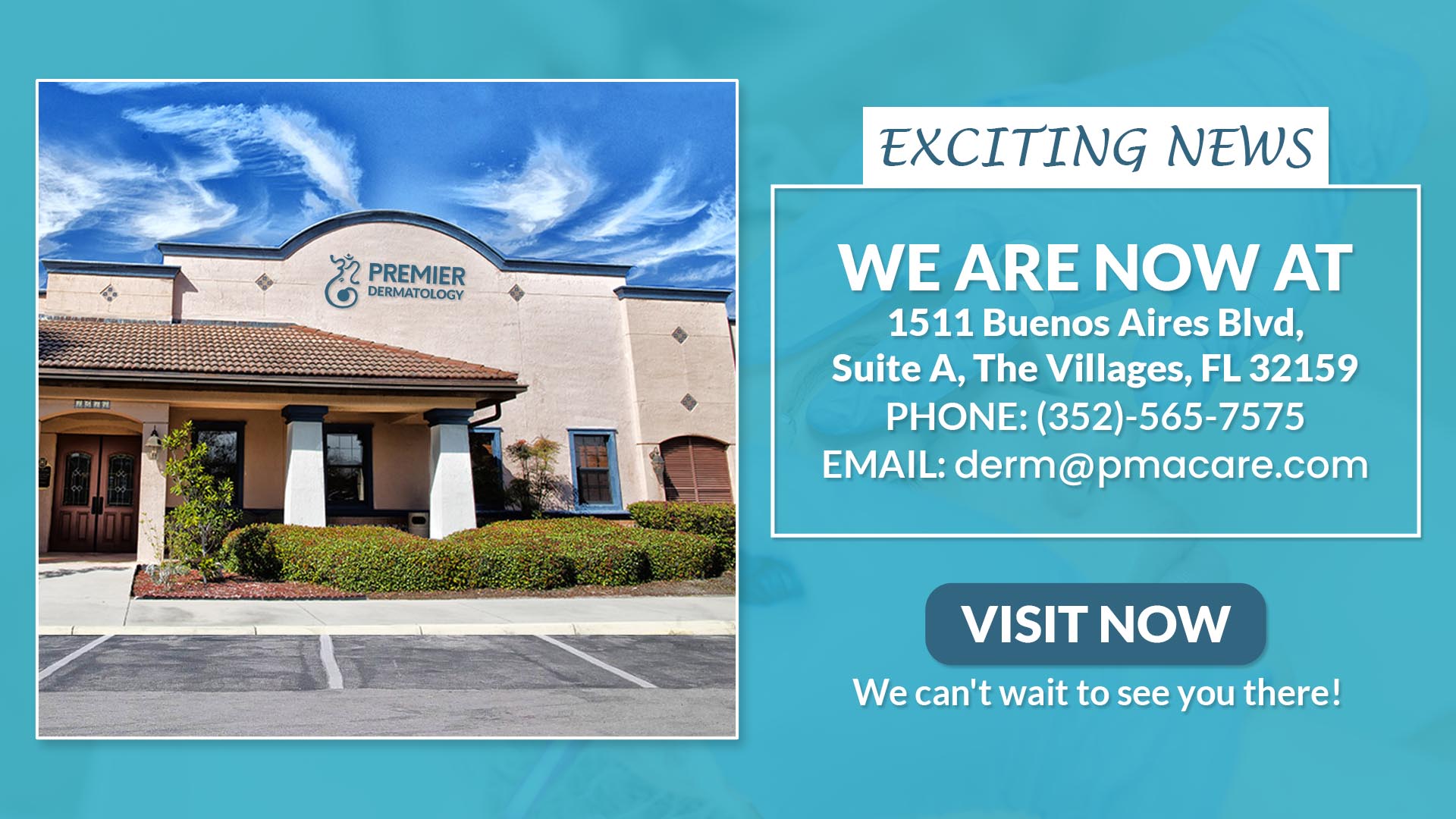Botox is a drug that can temporarily paralyze muscles. In small doses, it can reduce skin wrinkles and help treat a range of other medical conditions, which includes eyelid spasms, Raynaud’s disease, and some types of migraine.
What is Botox made of?
Made from Botulinum toxin, which is a type of protein, which the bacterium Clostridium botulinum produces. This is the same type of toxin that causes botulism.
Botox is a toxin, but when doctors use it in the correct way and in small doses, it can have benefits, both cosmetic and medical uses.
As a cosmetic treatment, Botox injections can reduce the appearance of skin wrinkles and fine lines. Besides that, the Food and Drug Administration (FDA) has approved it as a treatment for various health issues.
C. botulinum bacteria is the deriving source of Botox, which is present in many natural outlets, including soil, lakes, forests, and the intestinal tracts of mammals and fish.
C. botulinum bacteria occur naturally, and spores are generally harmless. Problems usually occur when the spores transform, and the cell population increases. At a certain point, the bacteria begin producing the deadly neurotoxin botulism that derives from Botulinum toxin.
However, when Botox is appropriately used in a therapeutic context to treat bodily issues, it is safe and has very low side effects, the American Osteopathic College of Dermatology reports.
Manufacturers make Botox injections with very small doses of Botulinum toxin and this drug can temporarily paralyze muscles, which can benefit people with various muscle or nerve disorders.
The Commercial preparations of Botulinum toxin include:
- onabotulinumtoxin A (Botox)
- abobotulinumtoxin A (Dysport)
- incobotulinumtoxin A (Xeomin)
- rimabotulinumtoxin B (Myobloc)
- prabotulinumtoxin A (Jeuveau)
Although Botox is a registered trademark that one company owns, people casually use the term “Botox” to describe all these products.
How does Botox work?
It is a neurotoxin, and these substances target the nervous system, disrupting the nerve signalling processes that stimulate muscle contraction. This is how the drug causes temporary muscle paralysis and relaxes it.
For the muscle to contract, these nerves release a chemical messenger called acetylcholine at the junction where nerve endings meet muscle cells. After that the acetylcholine attaches to receptors on the muscle cells, causing the cells to contract, or shorten.
Botox injections prevent the release of acetylcholine, which stops the muscle cells from contracting and in this way, the toxin helps the muscles to become less stiff.
Cosmetic uses of Botox
The top use of Botox for cosmetic purposes is to reduce the appearance of facial wrinkles that is signs of ageing. Botox injections are the most popular cosmetic procedure nationwide and this has been recorded by the American Board of Cosmetic Surgery.
People usually get the injections in the following areas of the face:
- between the eyebrows
- crow’s feet, that is the area around the eyes
- in the forehead for the horizontal creases
- corners of the mouth
- on the chin for the cobblestone skin
Medical uses of Botox
Botox is used to treat a variety of medical conditions by healthcare professionals, most of which affect the neuromuscular system.
The FDA has approved Botox for the following uses for medical purposes.
- in anyone older than 2 years, for upper limb spasticity
- in those older than 12 years, for crossed eyes, or strabismus
- severe underarm sweating, or hyperhidrosis
- migraine headaches treatment for people whose head ache last at least 4 hours on 15 or more days per month
- reducing symptoms of an overactive bladder due to a neurological condition if anticholinergic medications are not helping
- dystonia – eyelid spasms, or blepharospasm
- cervical dystonia, this is a neurological movement disorder that affects the head and causes neck pain
Other conditions
Other medical conditions that may benefit from off-label Botox use include:
- during menopause, facial redness, and flushing
- wound healing keloids and scars
- inflammatory skin disease, hidradenitis suppurativa
- Hailey-Hailey disease, a rare genetic disorder
The procedure of using Botox-
Dermatologists and skin technicians use Botulinum toxin by diluting the powder in saline and injecting it directly into neuromuscular tissue.
It takes 24–72 hours for the toxin to take effect in the injected unit. Rarely, it can take over 5 days for the full effects to visual appearance. Depending on the treatment, it may last 3–12 months.
During pregnancy or breastfeeding, or if they have ever had an allergic reaction to the drug or any of its ingredients, people should avoid using Botox.
Safety concerns about Botox during breastfeeding
Botox injections contain neurotoxins and that can be dangerous in large doses or for people allergic to these chemicals.
A disease or infection caused by botulinum toxins is called botulism and this can be life-threatening, especially in pregnant women, infants, and those who are immune compromised.
All infants should not be allowed to consume foods that are considered common sources of botulinum as it can cause several health conditions.
Does Botox cover Medicare?
Medicare covers the cost of Botox usually for medical purposes that specialists deem necessary. However, it is important to confirm that the treatment is covered before the appointment due to the potentially high cost.
For people looking to get a cosmetic Botox done, the American Academy of Facial Esthetics has a locator function that can help.
If you are looking for immediate consultation and procedure you can also book an appointment at Premier Dermatology.
If you believe that Botox might help with a medical condition you are facing, you should speak with a dermatologist.
Risks and side effects of Botox
People can generally tolerate Botox injections well, and the side effects are uncommon.
However, depending on the various reasons for the injections and the person’s personal response to it, Botulinum toxin can cause some unwanted effects, which can include:
- dry eye
- stomach issues
- numbness in the injected area
- mild pain, swelling, or bruising
- headache
- temporary eyelid drop
- temporary unwanted weakness in nearby muscles
- after treatment for urinary incontinence, urinary problems
- neuromuscular disorders
- spatial disorientation
- double vision after treatment for strabismus
- after treatment for blepharitis corneal ulceration
- cardiovascular issues, such as arrhythmia and myocardial infarction
People should not get Botox if they have:
- a sensitivity to it
- allergy to it
- an infection at the injection site
Depending on the type of Botox treatment, there are concerns that the effects of it may extend beyond the injection site, possibly leading to symptoms such as difficulty breathing.
This is more likely to occur in some individuals, and in these conditions, genetic factors play a major role. Besides, some people receiving injections of Botulinum toxin type A develop antibodies to the toxin that make subsequent treatments ineffective.
So, for a professional and assured consultation and treatment if you live around Florida you can book an immediate appointment with our in-house dermatologist at Premier Medical for safe and secured treatment.



